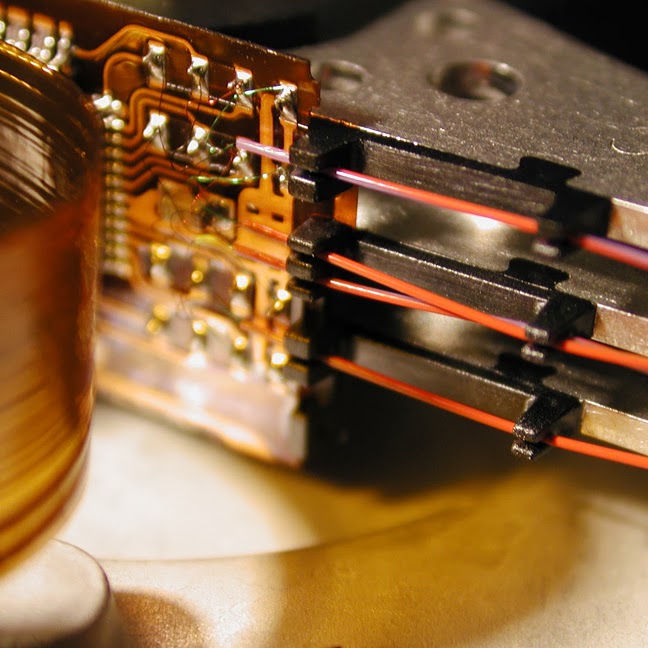- cross-posted to:
- [email protected]
- cross-posted to:
- [email protected]
These keyboards rely on magnets and springs and activate by sensing changes in the magnetic field. Popularized by Dutch keyboard startup Wooting, these switches rely on the Hall Effect and have actually been around since the 1960s.
You can change how far you need to press down to register the keystroke, as well as for the release point.
The one thing you can’t change, though, is the switch’s resistance. Despite all the talk of magnets, that’s still handled by the spring inside the switch, after all (for the moment, until the xyz is released).
But interestingly, this also means with temperature differences, you may also have to “calibrate” your keyboard. The price point for the Akko MOD007B PC Santorini keyboard at around US$110 to $150 is certainly not more expensive than many mechanical keyboards.
See https://techcrunch.com/2024/04/07/magnets-are-switching-up-the-keyboard-game/
#technology #keyboards



From the article. Cool stuff!
I’ll be over here with my 1/64 keyboard.
QMK etc do something similar, where holding the key doesn’t keep spamming it, it does a different keystroke, Miryoku is a pretty extreme example.
Article writer must not play games. WASD being able to walk slowly would be dope.